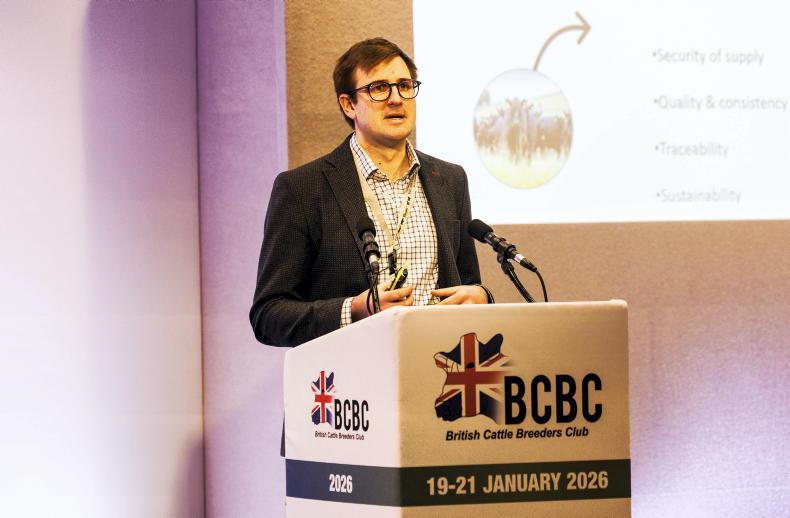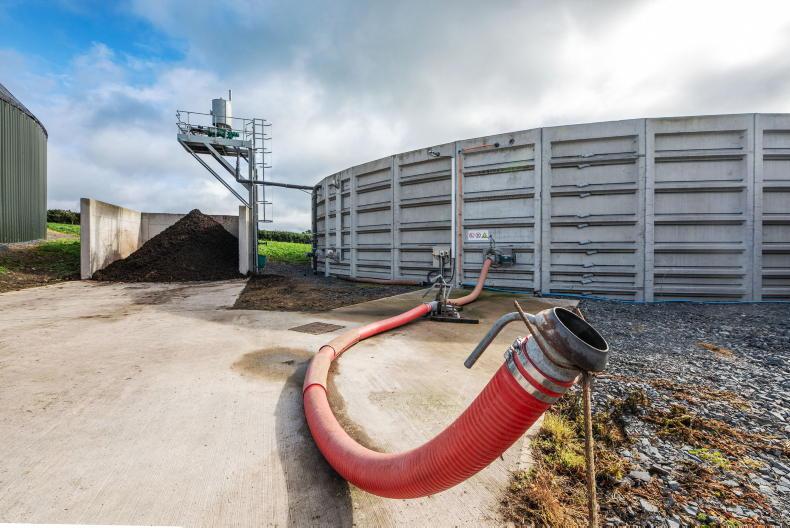Danske Bank, the leading Danish lender with operations in Northern Ireland, has announced a new climate action plan.
The ambitious action plan maps Danske Bank’s total carbon emissions from all activities, both direct and indirect based on 2020 figures.
According to the data, Danske has an entire carbon footprint of 41.1 million tonnes of carbon emissions, which is comparable with total emissions of Denmark.
Twelve percent of the bank's emissions relate to agriculture. The vast majority of the bank's emissions are from so-called financed emissions - that is emissions generated as a result of Danske Bank’s financing and investment activities.
Danske Bank's climate action plan sets specific 2030 targets for carbon emission reduction in relation to customers, investors, pension activities and the banks own activities such as building and travel.
Agriculture
Danske Bank estimates that the group's agriculture customers emitted 5 million tonnes of carbon dioxide equivalent (CO2e) in 2020.
Its expectation to reduce emissions from its agriculture portfolio will follow that of the Danish government’s policy objective of reducing greenhouse gas emissions in Danish agriculture and forestry by 55% to 65% by 2030.
The bank noted that it is not ready to use this target or set specific targets for agriculture due to numerous new technologies and pending roadmap for Denmark.
In other sectors, it is easier to focus on the bank's total financed emissions. However, for agriculture, Danske notes that certain farming activities and its emissions are difficult to link to the specific financial products.
Therefore, it considers the total emissions associated with the customer.
Last year, the bank set reduction targets for the most carbon-intensive sectors including shipping (50% reduction), oil and gas exploration (50% reduction) and energy utilities (50% reduction).
Finance for biodiversity pledge
Separately, Danske Bank has signed up to the finance for biodiversity pledge, which commits the bank to measuring and reporting on how it impacts on nature through the bank’s financing and investing activities by the end of 2024.
Commenting on this, global head of sustainable finance at Danske Bank Samu Slotte said; “We expect a similar policy response to combat biodiversity loss as the one that has been put in motion to mitigate climate change.
"This will mean that several companies will be faced with biodiversity related risks and opportunities affecting their current and future businesses.
"As a bank, we need to understand those impacts and support our clients in transitioning to sustainable business models.”
Climate change and sustainability continues to become a greater focus for banks and other financial market participants.
They are now required under EU regulation to disclose the extent to which their financing activities are associated with environmentally sustainable activities in addition to other requirements.
This is likely to have an increasing impact on banks' business activities as they seek to decrease the greenhouse gas emissions and indeed impact on nature and biodiversity from their lending.
Banks will be held to account by both regulators and investors on their commitments. In that regard, it is understandable that Danske has committed to follow the direction of the Danish government regarding agriculture, yet has not committed to an exact figure.
However, it should not be interpreted as a lack of ambition. Rather, this is likely to be a conversation all farmers will become familiar with having with their bank when accessing finance and negotiating interest rates.
It reinforces the need for proof of decarbonisation and wider sustainability targets from food and agribusinesses and farmers in order to attract and maintain finance.










SHARING OPTIONS